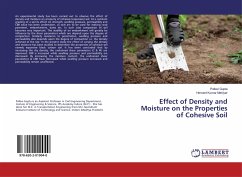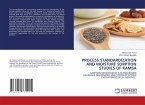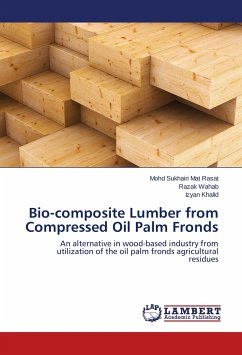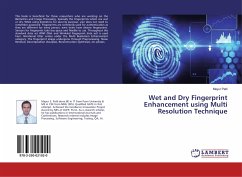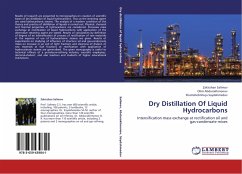Drying lumber with little variation in its target moisture content leads to increased cost savings and reduced wet claims. The variability of moisture content is typically monitored using quality control charts, which graph process central tendency (average) and process dispersion (standard deviation) over time. The usual assumption in constructing and using these charts is that the moisture content follows a normal (Gaussian) statistical distribution. However, due to the nature of the kiln-drying process, the resulting lumber moisture content distribution is often left-bounded and asymmetrical, which is characteristic of a log-normal distribution. In these cases, the normality assumption can lead to errors such as false out-of-control signals. This book outlines graphical and analytical goodness-of-fit methods for assessing the (non)normality of lumber moisture content data, discusses appropriate monitoring parameters for process central tendency and dispersion, and presents practical procedures for calculating the centerline and upper/lower control limits of log-normal control charts.



